On California Playground Legislation and CPRS
In 1990 California passed legislation known as Senate Bill 2733 to require the development of playground regulations. SB 2733 required the California Department of Health Services to consult with various public agencies including the California Park & Recreation Society (CPRS) to develop safety regulations for the design, installation, and maintenance of public playground facilities. The bill required all entities operating playgrounds open to the public to upgrade their playgrounds before January 1, 2000. Developments of the regulations were postponed when Governor Deukmejian approved the legislation but deleted any funding assistance.
SB 2733 applies to any entity which operates playgrounds open to the public including a church, subdivision, hotel, motel, resort, camp, office, hospital, shopping center, daycare setting, restaurant, and any public agency, state agency, city, county, city and county, school district, and any other district.
The bill defined the playground as an improved outdoor area designed, equipped, and set aside for children’s play which is not intended for use as an athletic playing field or athletic court; and including play equipment, surfacing, fencing, signs, internal pathways, internal landforms, vegetation, and related structures.
In the early 1990’s, a lawsuit was brought to the state of California to get the regulations developed. The Department of Health Services (DHS) was given the responsibility to work on these regulations. DHS contacted California Park & Recreation Society who convened a Task Force of concerned professionals to assist with the development of regulations. The final recommendation (1999) adopted specific sections of the then current Consumer Products Safety Commission Publication (CPSC) #325-97 and American Society of Testing and Materials F1487-98. Specific sections were chosen rather than the entire documents because of inconsistencies between the two documents.
Additional legislation brought amendments to SB 2733. This is known as Assembly Bill 1055. The regulations include the requirement that playgrounds must be assembled and installed by or under the direct supervision of an individual who is authorized by the manufacturer to assemble and install the equipment or, prior to its first use, the playground equipment shall be inspected by a Playground Safety Inspector who is certified by the National Playground Safety Institute.
Assembly Bill 1055 amending the requirements of SB 2733 became law on January 1, 2000. It required three things:
inspection of existing playgrounds before October 1, 2000;
extension of the date of compliance to January 1, 2003; and
an amended definition for an entity operating a playground to exempt foster family homes, certified family homes, small family homes, group homes, or family day care homes, (all are licensed and regulated to meet child safety requirements enforced by the State Department of Social Services).
In 2002, the California Park & Recreation Society re-convened the Playground Safety Task Force to address growing concerns confronting CA playground providers. The re-convened Task Force now included several people involved with public schools to recognize the importance of California Regulations for playgrounds open to the public. Many inspectors were misinterpreting or were not familiar with the CA requirements and were causing problems for the owner/operators, equipment installers, and manufacturers. The California Regulations do not allow the use of the most current version of CPSC and ASTM documents; it requires compliance with specific sections and versions of the documents.
At that time, this requirement came from California’s Administrative Law office who expressly said specific sections had to be named in the regulation. The National Playground Safety Institute provides training based on the most current versions of the CPSC #325 and ASTM F1487 and does not discuss the California Regulations or the differences. The California Regulations include fencing, signs, internal pathways, internal landforms, vegetation, and related structures in the definition of a playground but there is no training provided on how to inspect these items. The State of California does not have a clearinghouse to address concerns and issues related to these differences.
The CPRS Task Force originally hoped to solve these problems in two ways; the development of standard inspection forms to provide consistency and development of supplemental training for portions of the regulation that is specific to California. A standard inspection form was developed and a training session on the differences between California’s regulation and national voluntary guidelines. Unfortunately, there was no way to mandate the use of a specific inspection form; no governmental agency was willing to be responsible for the training and the National Playground Safety Institute was unable to provide specific individual training for California. The CPRS Playground Safety Task Force refocused its attention to changing the Playground Safety Regulations to resolve the issues. The goal was now to redefine the playground definition to exclude fencing and related features and to allow the use of the most current version of CPSC and ASTM.
State Assembly Member Tom Harman authored Assembly Bill (AB 1144) but at the end of the 2005 legislative session, the CPRS Task Force was told that the use of “current version” would not be allowed and that the legislation would need to be changed again every time CPSC or ASTM guidelines were updated. The changing of regulations every few years would be cost prohibitive for the State of California. The bill’s author, Assembly Member Harman and the CPRS Task Force was then advised by a legislative consultant that if California law prevented the use of terms like current version that the best option available would be to repeal the Regulations. The recommendation was basically to sunset the regulations so that the most current version of national voluntary guidelines would become the standard of care. Assembly Member Harmon decided to put AB1144 on hold until the 2006 legislative year.
California is now seven years behind the current ASTM Standard and there will be a new version of the CPSC Handbook soon. Without the state regulations, there would be less confusion, California would revert to using the national standard of care and all that would be lost is the legal requirement to have playgrounds inspected by a Certified Playground Safety Inspector (CPSI).
When AB 1144 was reintroduced this year, we were surprised to learn that there had been a change in a position allowing the regulations to remain current with national guidelines. On August 22, AB 1144 passed and was sent to Governor Schwarzenegger’s office for signature. Governor Schwarzenegger signed the legislation on September 26, 2006. The effective date for implementation is January 2008.
Passage of the new legislation eliminates the need for supplemental training for California Playground Safety Inspectors and eliminates the need for a local reference source because all requirements are consistent with training provided by the National Playground Safety Institute.
The main points of the revised legislation are:
The playground is re-defined as an improved outdoor area designed, equipped, and set aside for children’s play that is not intended for use as an athletic playing field or athletic court, and shall include any playground equipment, fall zones, surface materials, access ramps, and all areas within and including the designated enclosure and barriers.
Playgrounds open to the public must be inspected by a Playground Safety Inspector who is certified by the National Playground Safety Institute before they are opened to the public. An installer may still certify his own installation but only if he is a CPSI.
Playgrounds open to the public must conform to all the playground-related standards set forth by the American Society for Testing and Materials and playground-related guidelines set forth by the United States Consumer Product Safety Commission.

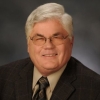


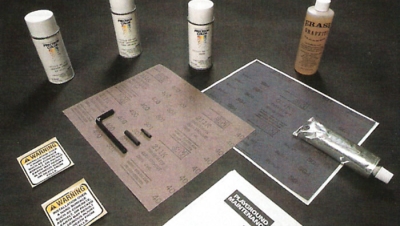





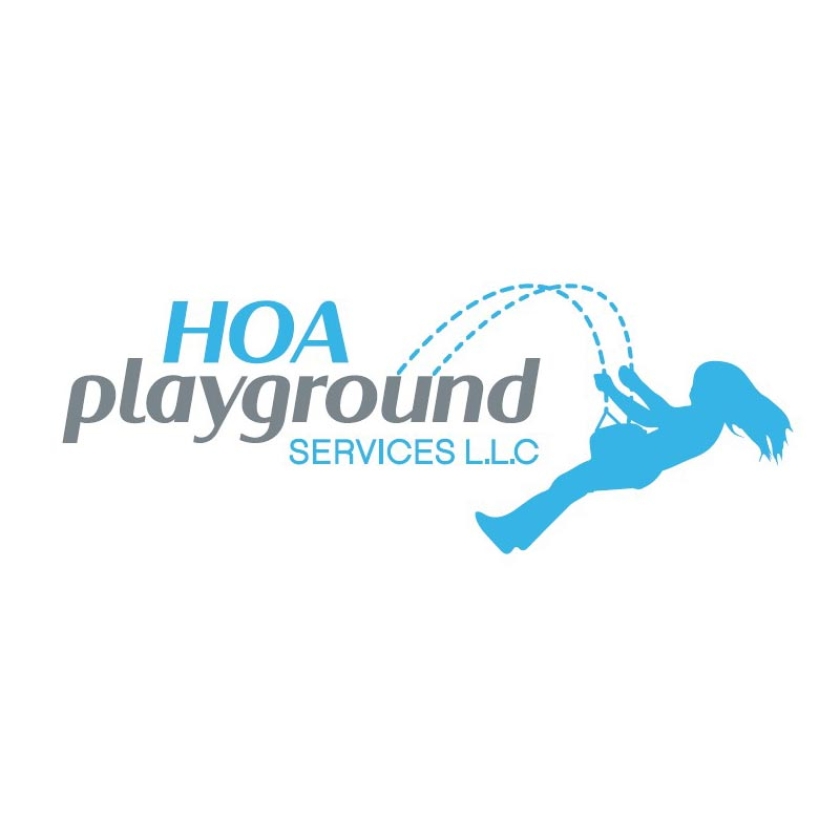
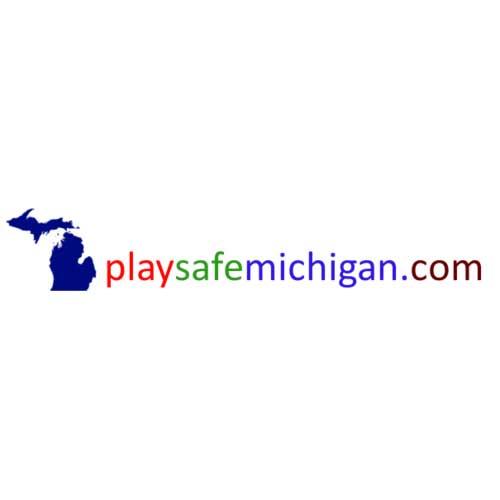
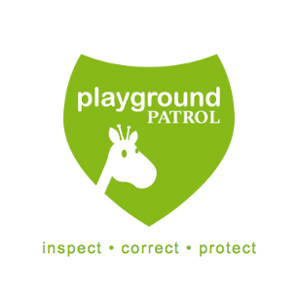
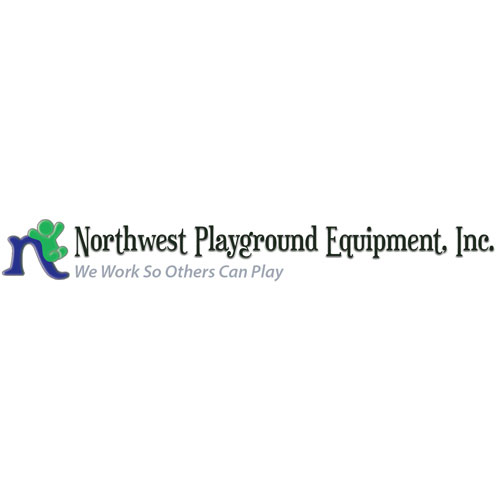

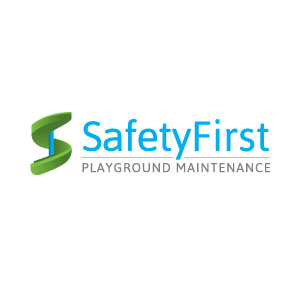
Add new comment